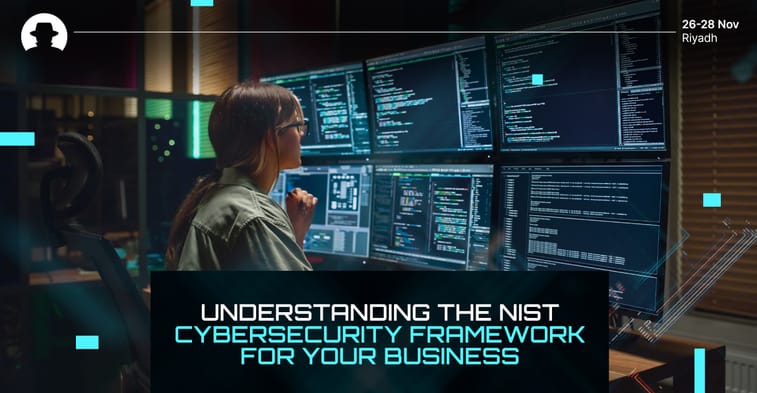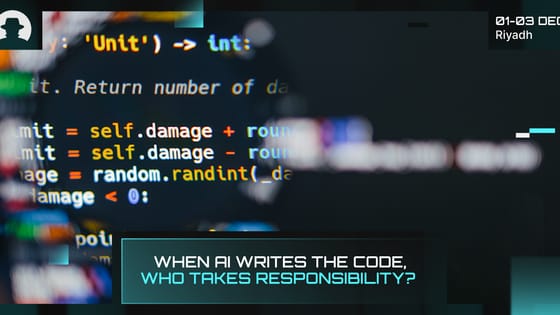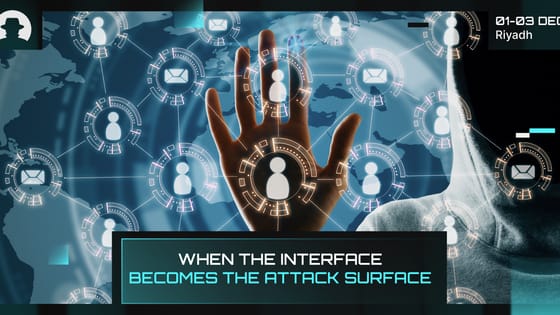
Why identity protection has to level up in 2026
Identity fraud in 2026 is AI-driven, industrial and costly. Learn how deepfakes, fraud rings and new cyber insurance rules are changing identity protection.
Read More
Most business leaders have some awareness of the NIST Cybersecurity Framework. But it’s important to understand what it means for your organisation, and how you can use it to manage your cybersecurity risk and enhance protections for your networks and critical data.
So if you run a business, here’s what you need to know about NIST.
It’s a set of guidelines and best practices that have been developed by the US National Institute of Standards and Technology, to help organisations improve their approach to cybersecurity risk management.
Although developed in the US, the NIST CSF is globally applied, and it has been instrumental in enabling a shared language between different countries and different industries – increasing international capacites for collaboration on cybersecurity.
NIST provides a common language and methodology for organisations to understand their existing cybersecurity posture, set goals to work towards a target cybersecurity posture, and recognise opportunities for improvement. It also allows organisations to monitor and evaluate their progress towards the targets they set.
The core of the framework consists of five concurrent functions – and putting these stages to work in your business means you’re applying the NIST CSF.
They are:
List every piece of equipment, software, and data you use across your network. And create a company policy that covers the roles and responsibilities of everyone who has access to data within your organisation, and the steps they need to take to protect against exploitation by a threat actor.
Control who can log on to your network, using your own computers and/or other devices. Leverage security software to protect data, and ensure that sensitive data is encrypted – both at rest and in transit.
Create a system to ensure that regular data backups are conducted, and that security software is updated at regular intervals – deploying update automation tools if possible.
Develop policies for the safe disposal of digital files and devices that are no longer used.
And provide cybersecurity training to everyone who accesses your network or uses your devices.
To detect potential threats, implement monitoring systems that flag any unauthorised personnel access, along with the use of external devices (including USB drives) or software.
Ensure that any abnormal activity is investigated, and routinely check your organisation’s entire network for unauthorised connections or users.
Put a clear incident response plan in place, which should cover:
This is what happens after an attack. It’s your strategy for repairing and restoring equipment and network elements that have been affected, while also keeping employees and customers up-to-date on your attack response and recovery measures.
No – NIST is voluntary. Your business isn’t required to comply with NIST standards or adopt the NIST framework.
The exception is that certain entities within the US federal government, and members of the federal government supply chain, are required to comply with the NIST CSF.
But even though you don’t have to, it’s absolutely worth learning how to utilise the NIST CSF for your organisation. It’s a comprehensive guide for assessing and improving your cybersecurity posture, and it can help you to align your security operations with your business goals – which will give you a competitive edge in any market.
Join the newsletter to receive the latest updates in your inbox.

Identity fraud in 2026 is AI-driven, industrial and costly. Learn how deepfakes, fraud rings and new cyber insurance rules are changing identity protection.
Read More
New research from Veracode and Gartner shows that while AI is accelerating software development, it’s also accelerating risk.
Read More
Three recent campaigns (Tsundere, Matrix Push C2, and Sturnus) show attackers shifting command-and-control and data theft into places we treat as harmless UX plumbing.
Read More